Who is here? 1 guest(s)
|
Egle ciliata (was: Alpine Muscoidea 2011-VII-17)
|
|
| John Carr |
Posted on 21-07-2011 01:29
|
|
Member Location: Posts: 9773 Joined: 22.10.10 |
On a rock in the alpine tundra of Mount Washington, New Hampshire, USA, July 17, 2011.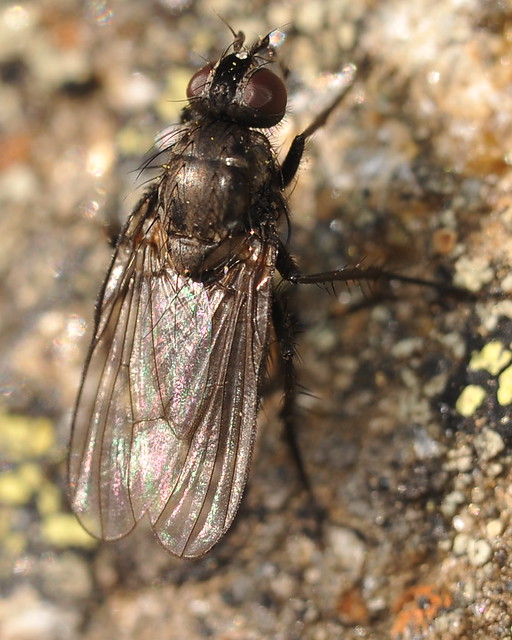 (Click for larger or view on Flickr) 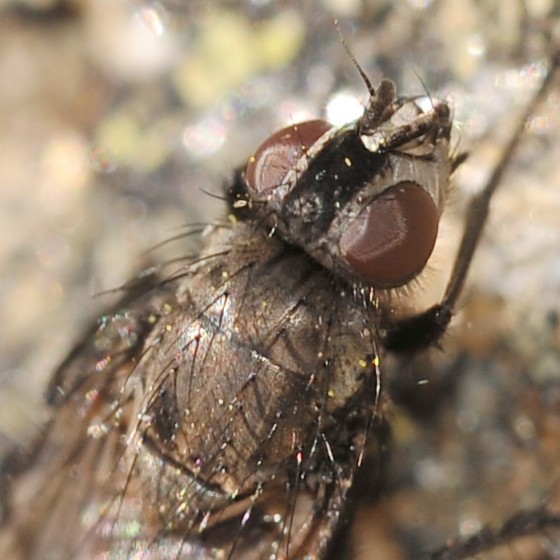 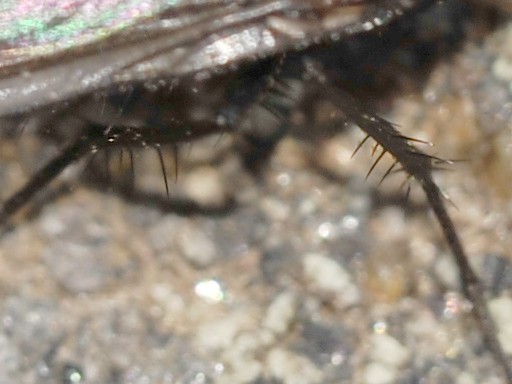 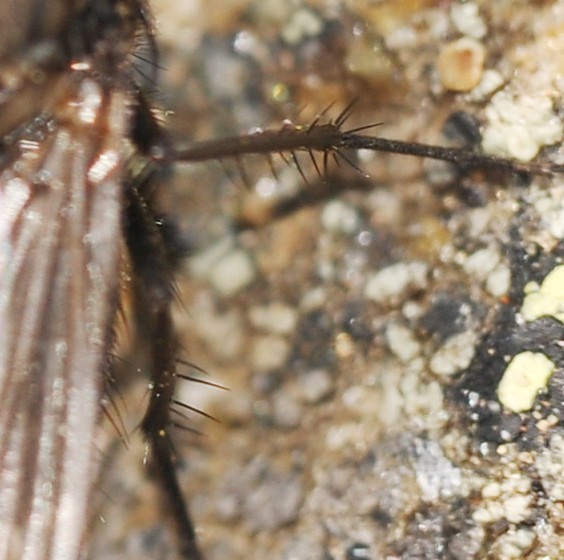 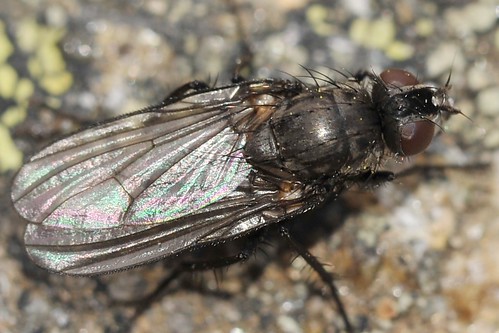 (Click for larger or view on Flickr) (Title changed from Muscidae following comments) Edited by John Carr on 23-07-2011 23:43 |
|
|
|
| Tony Irwin |
Posted on 21-07-2011 08:47
|
|
Member Location: Posts: 7168 Joined: 19.11.04 |
Female Anthomyiidae. Good luck!
Tony ---------- Tony Irwin |
|
|
|
| Stephen R |
Posted on 21-07-2011 10:21
|
|
Member Location: Posts: 2396 Joined: 12.06.09 |
It has 4 pdcs and a protruding lip. Here that would suggest Egle, but ... |
|
|
|
| John Carr |
Posted on 21-07-2011 14:02
|
|
Member Location: Posts: 9773 Joined: 22.10.10 |
According to Huckett's 1965 key the only two regional species that normally have 4 pdcs are Egle muscaria (Fabricius) and E. brevicornis (Zetterstedt), both of which are also found in northern Europe. Does this look like either? The key distinguishes females by shape of head, and I don't have a lateral shot. Confusing matters, a comment in a forum thread says those two are synonyms but the itis.gov list includes only the later name brevicornis. Edited by John Carr on 21-07-2011 14:03 |
|
|
|
| Stephen R |
Posted on 22-07-2011 22:03
|
|
Member Location: Posts: 2396 Joined: 12.06.09 |
It really doesn't look right for Egle to me (whence the 'but'). E. brevicornis and E. ciliata are the two here with 4 pdcs, and they are hairier in the acrostichal department (apart from anything else). I suspect we may be in Muscidae after all (but bear in mind I'm no expert!). Maybe Stephane can help.
Edited by Stephen R on 22-07-2011 22:04 |
|
|
|
| Tony Irwin |
Posted on 22-07-2011 22:26
|
|
Member Location: Posts: 7168 Joined: 19.11.04 |
Nice crossed bristles on the frontalia and an abundance of bristles on the tibiae are why I suggested Anthomyiidae.
Tony ---------- Tony Irwin |
|
|
|
| Stephane Lebrun |
Posted on 23-07-2011 08:47
|
|
Member Location: Posts: 8248 Joined: 03.03.07 |
Yes Egle. Should be Egle cilita (=muscaria).
Stephane. |
|
|
|
| John Carr |
Posted on 23-07-2011 15:09
|
|
Member Location: Posts: 9773 Joined: 22.10.10 |
Thank you. I recall a comment saying that Muscidae often spread wings and Anthomyiidae usually hold wings overlapping. With that and the four postsutural dorsocentrals this one wanted to confuse me. How can you rule out Egle brevicornis? The key I have seen (Huckett 1965) relies on head shape, head longer than high or not longer than high, to distinguish females of ciliata (as muscaria) and brevicornis. Also, how did E. muscaria (Fabricius 1775) come to be considered a junior synonym of E. ciliata (Walker 1849)? Edited by John Carr on 23-07-2011 15:22 |
|
|
|
| John Carr |
Posted on 01-04-2020 09:46
|
|
Member Location: Posts: 9773 Joined: 22.10.10 |
The Egle brevicornis species group is much hairier and has 0-1 ad bristles on t2. Could this be an Azeliini like Drymeia? |
|
|
|
| Jump to Forum: |














 but don't see the image in the post.
but don't see the image in the post.
